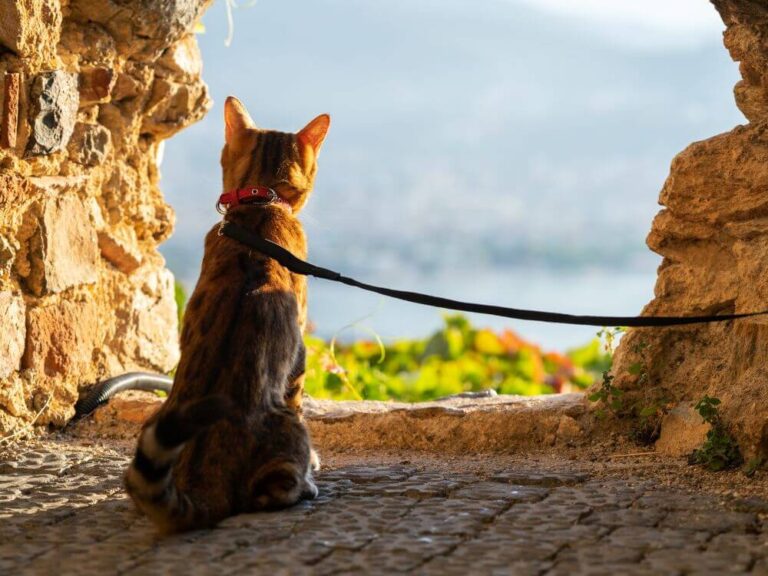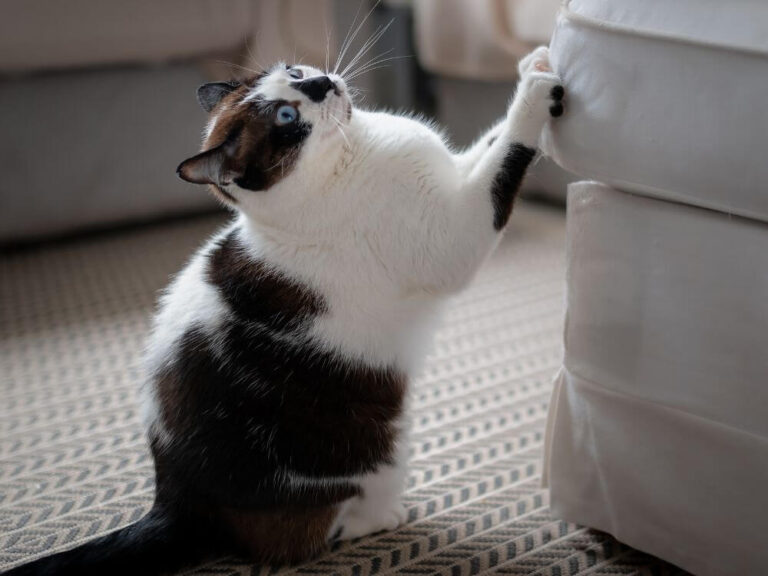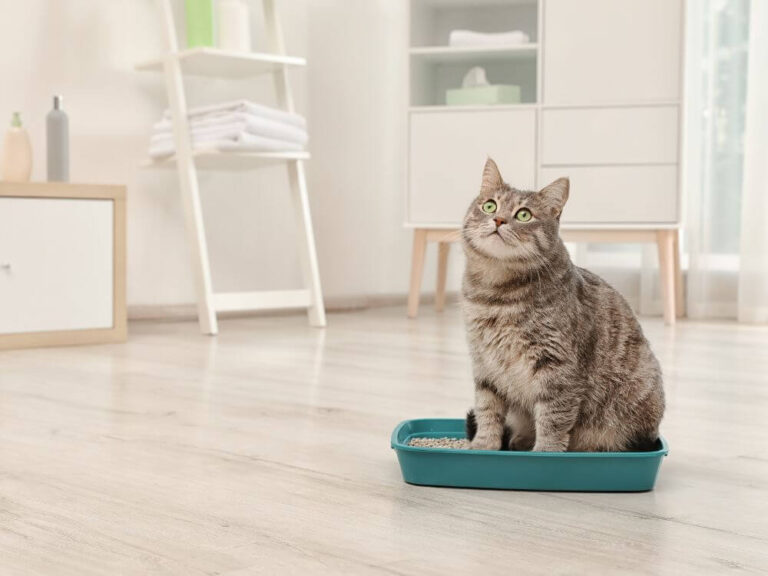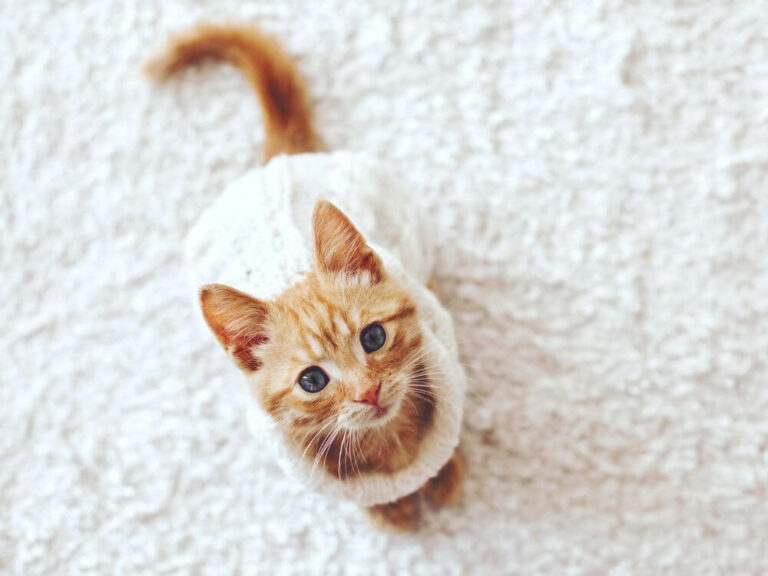How to Stop Your Cat from Grabbing Food Off the Table
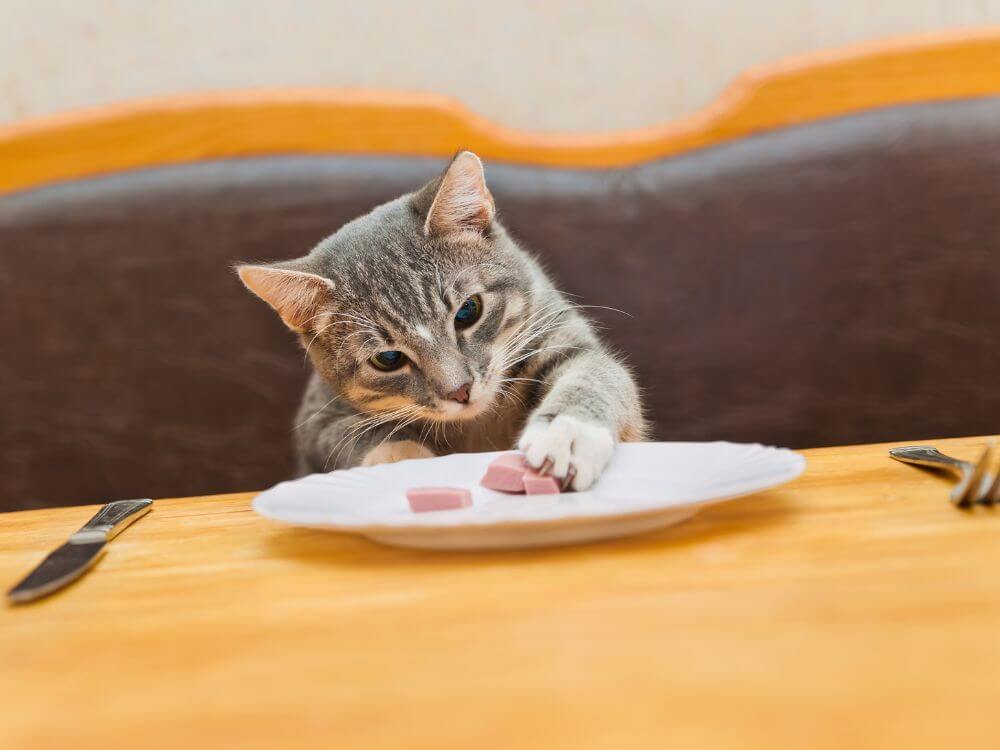
Cats are natural hunters, and their instincts can sometimes lead them to behaviors that are less than desirable, like grabbing food off the table. If you’re struggling with a cat that can’t resist snatching bites from your plate, don’t worry—you’re not alone. This article will provide you with practical tips and strategies to help curb this behavior, ensuring that your mealtimes remain peaceful and your food remains yours.
Understanding the Behavior
Before you can effectively stop your cat from grabbing food off the table, it’s essential to understand why they’re doing it. Cats are opportunistic feeders, meaning they eat whenever food is available. In the wild, this instinct ensures their survival. However, in a domestic setting, this can lead to problems when your cat sees your meal as an easy target.
Cats are also curious creatures. The sight and smell of food on the table might be too tempting for them to resist. They might not even be hungry but are simply drawn to the novelty of what you’re eating.
Establishing Boundaries
One of the most effective ways to stop your cat from grabbing food is to set clear boundaries. Consistency is key. If your cat learns that they’re not allowed on the table or in the dining area during meals, they’ll be less likely to try and grab food.
- Create a designated feeding area: Ensure your cat has their own space where they eat their meals. This could be in the kitchen or another quiet area of the house. By consistently feeding your cat in the same place, they’ll learn that this is where they should eat, not at the table.
- Keep the table clear: After meals, make sure to clear the table promptly. If your cat doesn’t see or smell food on the table, they’re less likely to jump up and search for it. This reduces the temptation and helps reinforce that the table is off-limits.
- Use a deterrent: Some cat owners have found success using a deterrent, such as placing double-sided tape or aluminum foil on the table. Cats generally dislike the texture, and it can help discourage them from jumping up. Be sure to remove these deterrents before mealtime.
Positive Reinforcement
Instead of punishing your cat for bad behavior, try to focus on positive reinforcement. Rewarding your cat for good behavior can be more effective in the long run.
- Reward good behavior: Whenever your cat stays away from the table during meals, reward them with a treat or extra attention. This will reinforce the idea that good things happen when they stay away from your food.
- Provide alternative activities: Keep your cat occupied during mealtimes with toys or puzzle feeders. If your cat is busy with something else, they won’t be as interested in what you’re eating. Puzzle feeders, in particular, can engage their hunting instincts in a positive way.
- Use clicker training: Clicker training can be an excellent way to train your cat. Use the clicker to mark the moment your cat behaves well, followed by a treat. Over time, your cat will associate the click with good behavior and be more likely to repeat it.
Addressing Hunger and Diet
Sometimes, a cat’s food-grabbing behavior might be linked to hunger or an inadequate diet. Ensuring your cat is well-fed and has access to high-quality food can reduce the temptation to steal from your plate.
- Adjust meal times: If your cat seems particularly interested in your food during your meals, consider adjusting their feeding schedule so they eat at the same time as you. This way, they won’t be hungry when you’re eating, which can help reduce the likelihood of them grabbing food.
- Evaluate their diet: Ensure your cat’s diet is meeting their nutritional needs. Sometimes, a cat might try to grab food because their diet isn’t satisfying their hunger or providing enough nutrients. Consult with your vet to ensure your cat is getting the right balance of proteins, fats, and carbohydrates.
- Offer treats: Occasionally, offering your cat a treat while you eat can satisfy their curiosity without compromising your meal. Just be cautious not to make it a habit that encourages more begging.
Managing Persistent Behavior
In some cases, despite your best efforts, your cat may continue to grab food. If this happens, there are additional steps you can take to manage the behavior.
- Use barriers: You can use a baby gate or other barriers to keep your cat out of the dining area during meals. This physical separation can prevent them from accessing the table altogether.
- Train them to stay down: Teach your cat a command like “down” or “off” when they try to jump on the table. Reward them when they obey. With consistent training, your cat can learn to stay off the table when you’re eating.
- Consult a professional: If your cat’s behavior is particularly persistent or problematic, consider consulting with a feline behaviorist. They can offer tailored advice and strategies to help you manage your cat’s food-grabbing tendencies.
The Long-Term Goal
Ultimately, your goal is to create an environment where your cat understands that the table is not a place for them to grab food. By combining boundary-setting, positive reinforcement, and addressing their dietary needs, you can gradually reduce and eliminate this behavior. Patience and consistency are key. Over time, your cat will learn that the table is for humans, and their food is in their designated area.
Final Thoughts
Dealing with a food-grabbing cat can be frustrating, but with the right strategies, you can train your cat to respect your meals. Remember, cats respond best to positive reinforcement and consistency. By setting clear boundaries, rewarding good behavior, and ensuring your cat’s dietary needs are met, you can enjoy peaceful meals without the worry of a sneaky paw swiping your food.
For more tips on cat behavior and training, check out our Behavior category for additional resources and advice.

